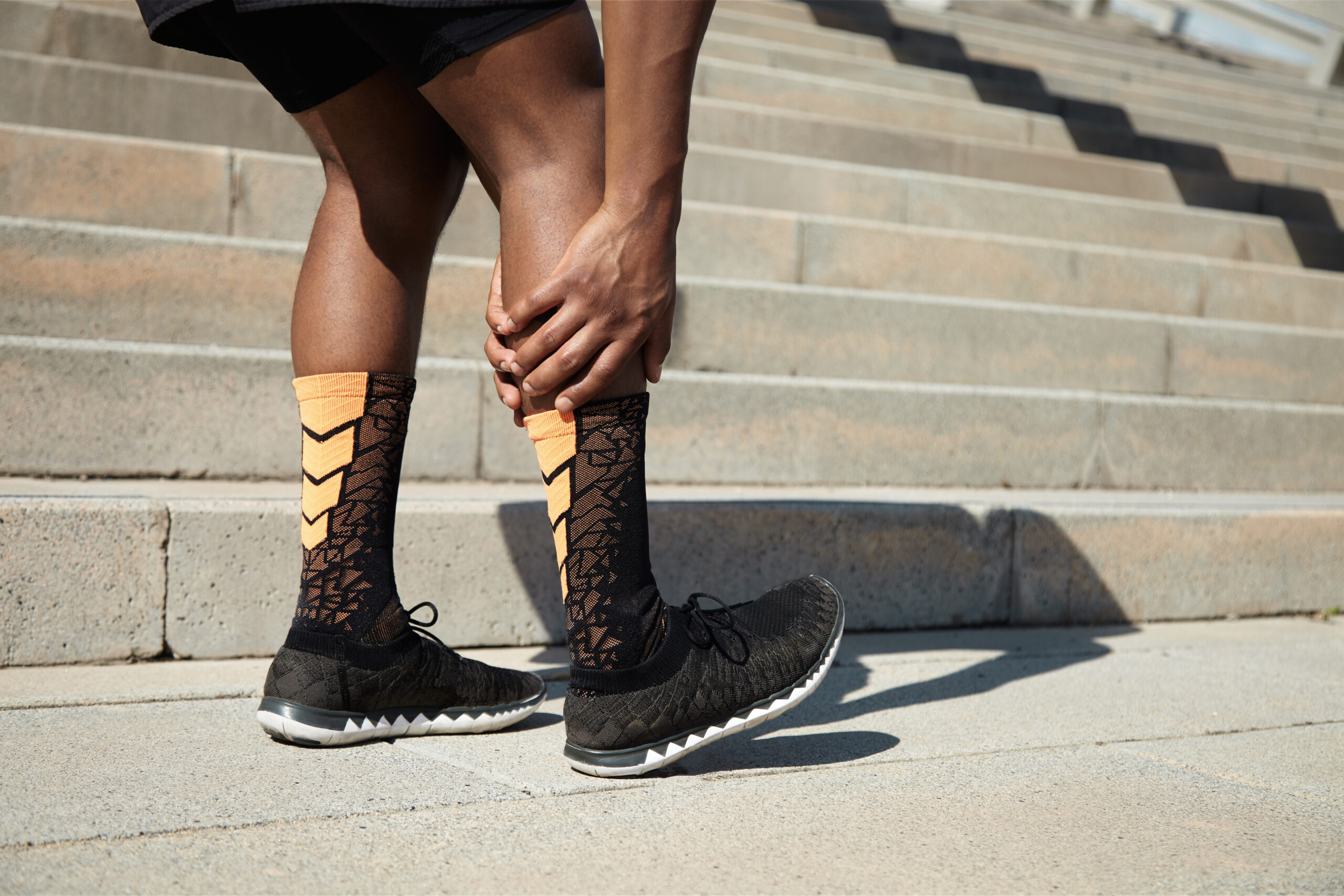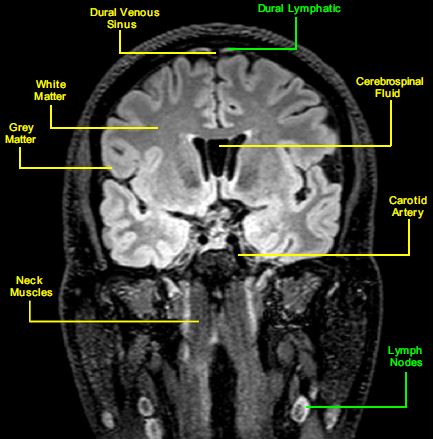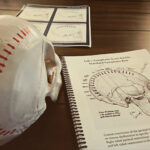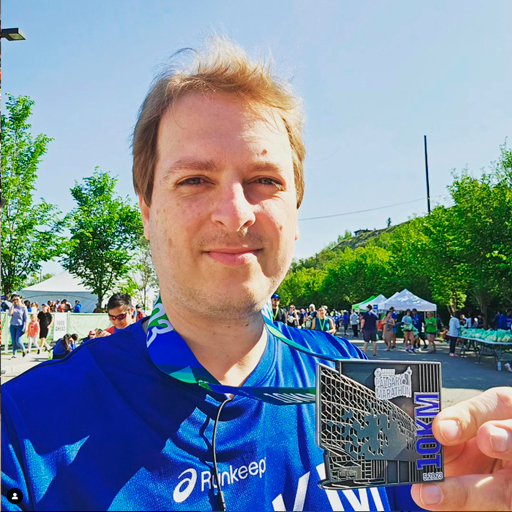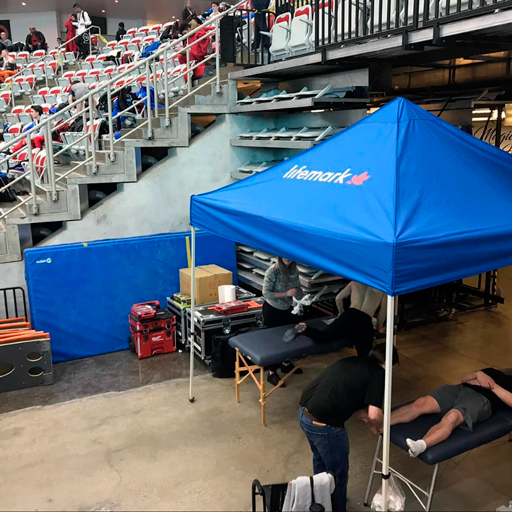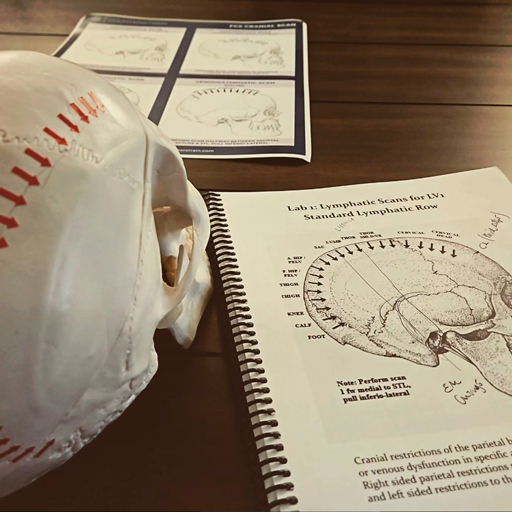Popliteal Artery Entrapment Syndrome (PAES) is a condition where the main artery behind the knee (the popliteal artery) gets squeezed by muscles around it. This can cause pain or cramping in your calf, especially when you’re active. It’s like trying to drink a thick milkshake through a narrow straw that gets pinched, making it hard to get the milkshake through.
If you feel a sudden cramp in your calf while running, biking or even walking that goes away when you rest but comes back every time you exercise, you might have PAES. Doctors can diagnose PAES through special tests that look at how blood flows in your legs during exercise and rest. They might also take pictures of the blood vessels in your legs to see what’s going on.
If PAES is causing a lot of trouble or hurting your sports life, doctors might suggest surgery to free the artery from being pinched so that blood can flow easily again. Apart from surgery, there’s a milder treatment called Fascial CounterStrain that helps relax and ease the tension in your arteries and muscles. It’s a type of hands-on therapy that aims to make your entire arterial system relaxed. This means less cramping and feeling like your muscles are more relaxed and less like they’re in a constant knot.
If you’re active, and can’t figure out why your calves cramp up when you push yourself, it might be worth checking out PAES. Remember, treatments like surgery or Fascial CounterStrain can make a big difference, letting you get back to running, biking, or whatever keeps you moving, without the pain.
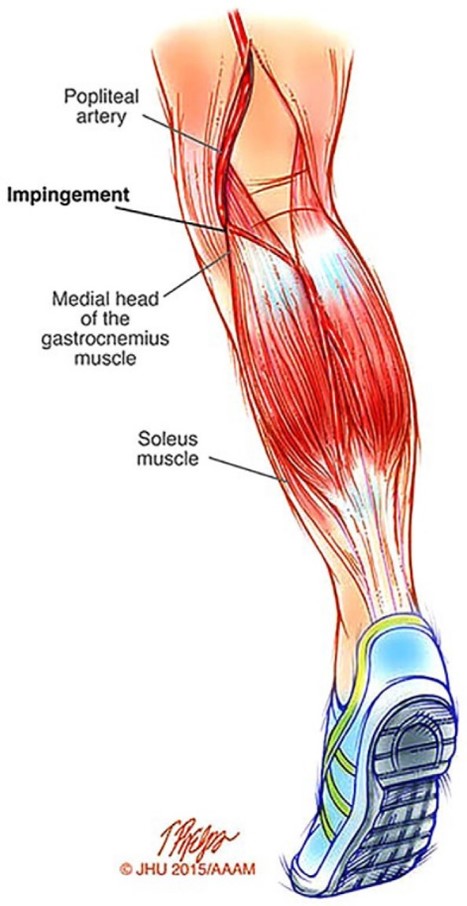
Popliteal artery entrapment

Fascial CounterStrain technique: sometimes, popliteal arteries are one of the causes for low back, hip and foot pain.
Sources:
Hicks CW, Black JH, Ratchford EV. Popliteal artery entrapment syndrome. Vascular Medicine. 2019;24(2):190-194. doi:10.1177/1358863X18822750
Hameed M, Coupland A, Davies AH. Popliteal artery entrapment syndrome: an approach to diagnosis and management. British Journal of Sports Medicine 2018;52:1073-1074.


